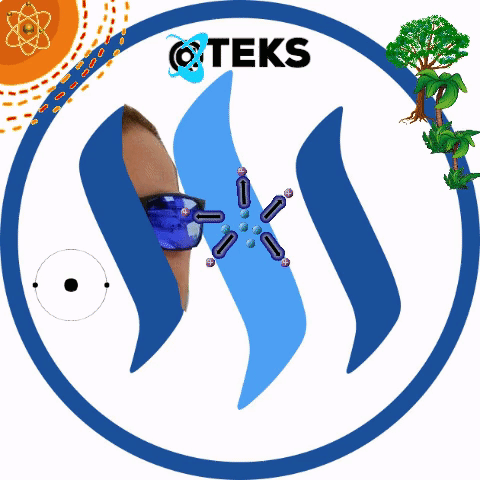~ Formation of stars of great mass more frequent? ~
Everything points to the fact that the formation of stars of thirty solar masses or larger is more frequent than previously thought.
1 - Magellanic Cloud map. Crédit: ESO / R. Gendler
Last year we already had a large number of astronomical "oddities". Supermassive planets too close to their host star that shouldn’t exist, objects from outside our solar system, more black holes were detected in the center of the Milky Way. Rings were also discovered in trans neptunian bodies. Curious filaments very close to the supermassive black hole Sagittarius A*, of which almost nothing is known. Planetary systems orbiting red dwarfs very promising for life, another solar system formed by eight planets was also discovered. During the past year, the Google AI was also used to detect new exoplanets. We could see the bubble-filled surface of a red giant star, thanks to the Precision Integrated Optics Near-Infrared Imaging ExpeRiment (PIONIER), located in the Very Large Telescope (VLT) of the European Space Agency of the Southern Observatory (ESO).
When I say oddities I mean astronomical events that don’t happen frequently or don’t occur in the range that was thought until now.
Continuing with that same line of "oddities", an article recently published in the journal Nature tells us that the star formation of more than thirty solar masses are more common than previously thought.
How many stars of great mass are formed depends on a law of power, that is, how many are formed within an infinitesimal range of masses is proportional to the mass of the star raised to a negative exponent. Now, an international group of researchers that has studied in detail a region of intense star formation, the nebula of the Tarantula, in the famous Magellanic Cloud. This group of scientists using the VLT, have discovered that this exponent, in absolute value, is smaller than previously thought, as it is followed by its measurements of the stars with the highest mass there.
2 - The Tarantula Nebula inside of The Magellanic Cloud. - Credit: ESO/IDA/Danish 1.5 m/R. Gendler, C. C. Thöne, C. Féron, and J.-E. Ovaldsen
”Our results indicate that, with respect to what until now was calculated, there could be a 70 percent more of supernovas, a triplication of the production of heavy elements and about quadruple of ionizing radiations coming from the populations of stars of great mass.”
”In addition, the rate of formation of black holes could be 180 percent greater, and this directly translates into a corresponding increase in the mergers of neutron stars and binary black holes, such as those that have been discovered recently thanks to waves gravitational forces emitted by these collisions.”
Q1 - F. R. N. Schneider et al. - DOI: 10.1126/science.aan0106, 2018
The stars of more than 30 solar masses formed in Tarantula, 32 percent more times than would be expected according to the exponent that was taking for good and those over 60, 73 percent.
The spectacular incursion of the IA in astronomy and the use of new tools are making it possible to discover astronomical events of which there was no evidence. And even though we're starting the new year, we already have the first "weirdness" of 2018.
It's a fantastic time to be alive. A large number of scientific publications are being published, so many that it is very difficult to keep up. Even so I will try to continue writing about those that I find most striking.
References
Q1 - “An excess of massive stars in the local 30 Doradus starburst” F. R. N. Schneider et al. - DOI: 10.1126/science.aan0106, 2018
http://science.sciencemag.org/content/359/6371/69
1
https://www.eso.org/public/unitedkingdom/images/eso1311c/
2
https://www.eso.org/public/unitedkingdom/images/tarantula/

Gift-thanks to @markperandin
Let's take care of the pale blue dot
Enjoy your day. Enjoy your life.

Gift-thanks to @stellabelle
Great pictures. I really like your use of focus in the first few. The colors on the last are incredible.
I always try to look for the most beautiful images to illustrate the paper of which I speak in the post.
Im glad you liked it, thank you very much.
Very intresting information
I try to disseminate the most recent papers, which I find most interesting. I don't always get it. Lol.
Thank you very much.
P.S. Followed you for more content :)
Hi, I found some acronyms/abbreviations in this post. This is how they expand:
You got a 26.32% upvote from @votebuster courtesy of @teks!
@Echowhale team swimming by with your upvote
This post has received a 7.66 % upvote from @aksdwi thanks to: @teks.